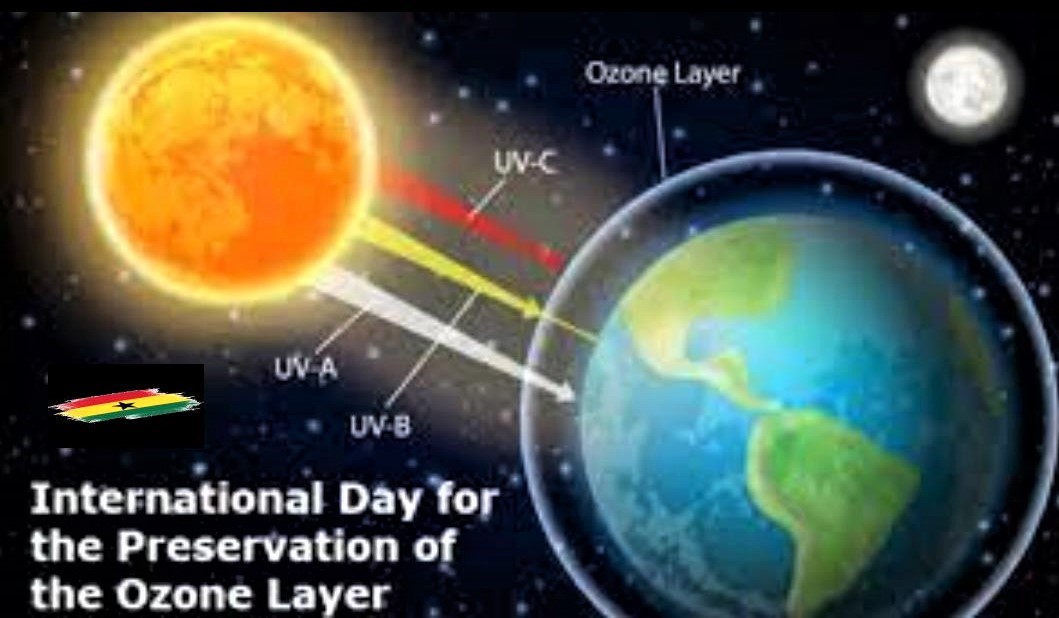In simple words, ozone is a gas. It has no odour. It has no colour. It is made up of three oxygen atoms. It is found in the roof of the earth called stratosphere.
The ozone hangs naturally over the earth like a roofing sheet called a layer.
The purpose of the layer, as one of earth’s roofing sheets, is to protect the face of the earth from a heat wave, or a radiation, streaming down to earth from the lamps of the sun.
The heat wave, called ultraviolet light, has many harmful effects.
The ozone layer, or the earth’s roofing sheet, prevents the harmful heat wave from reaching the earth by absorbing or taking away a portion of the ultraviolet light.


Some decades ago, human activities, through the use of gases like chlorofluorocarbons (CFCs) found in refrigerants and spray cans, punched a hole in the ozone layer— the earth’s protective roofing sheet or umbrella.
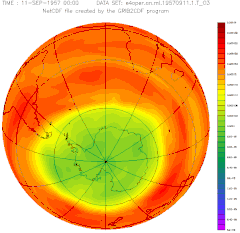
Thus, humans became exposed to the harmful rays (the ultraviolet light) from the sun’s lamps.
The heat wave causes sunburns, wrinkles, skin cancer and premature aging to humans. It is also responsible for the Climate Change plague or effects which the earth is still grappling with today.
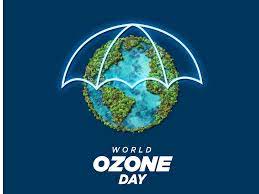
The more humans use objects or substances which contain CFCs, the more the ozone atoms are depleted or reduced— and the larger the hole in the roof gets.
To undo the damage done to the protective gas roof, the United Nations General Assembly donned the workplace coat of a carpenter in 1987 to repair the damage or close the man-made hole in the earth’s roof.
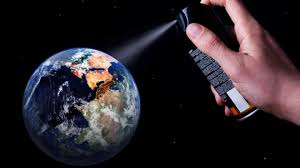
Nations, Ghana included, came together that year at a UN General Assembly summit held in Montreal, a city in Canada, to sign a protocol, or a code of behaviour if you like.
The Montreal summit was about the role man played in the hole.
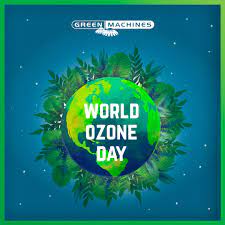
And it was aimed at getting rid of the substances responsible for ozone depletion before the same substances would get rid of humans.
That code of behaviour is known as the Montreal Protocol. And out of that protocol came September 16 as the date the UN General Assembly set aside for the commemoration of the ozone layer repairs internationally and annually.

The day is called International Day for the Preservation of the Ozone Layer. It is also called the Ozone Day.
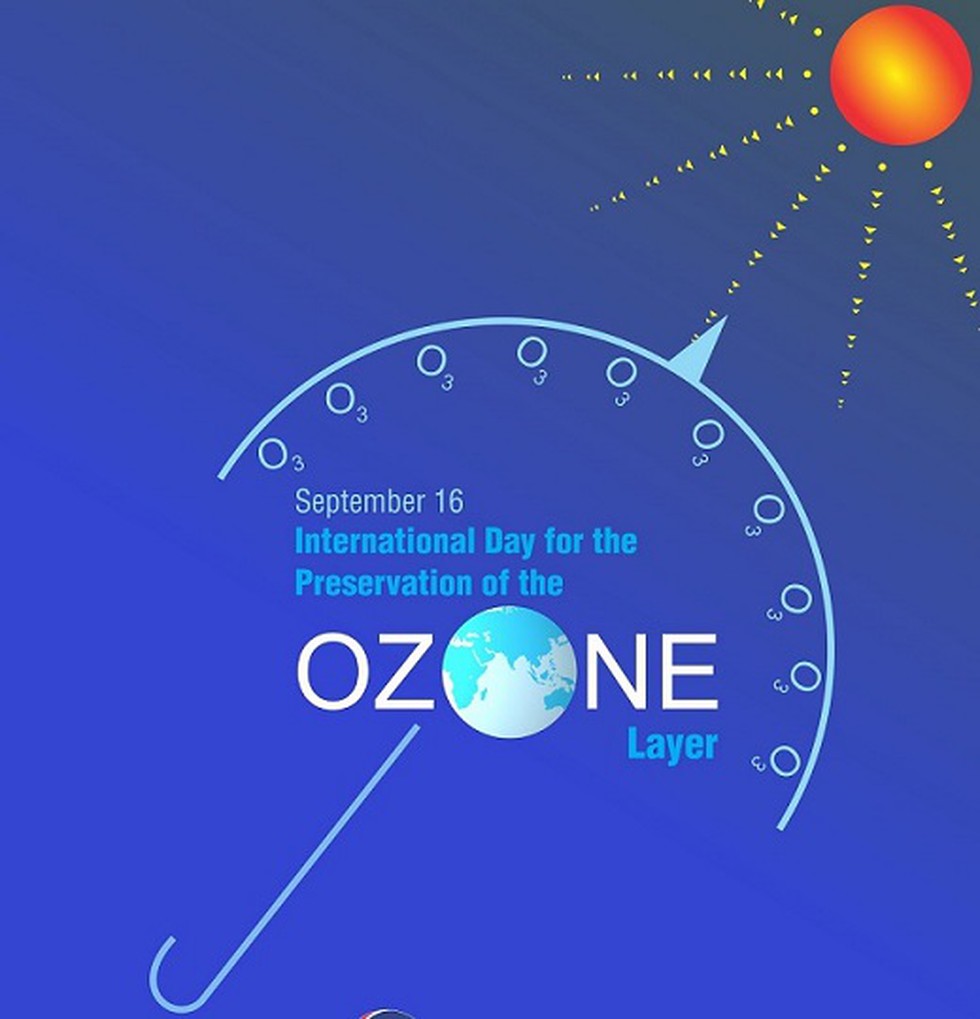
This year’s celebration falls on Saturday, 16 September. And it comes with the theme: “Montreal Protocol: fixing the ozone layer and reducing climate change.”
The ozone hole was discovered in 1985 by three British atmospheric scientists— Joseph Charles Farman, Brian Gerard Gardiner and Jonathan David Shanklin.
Farman died on May 11, 2013. But Gardiner and Shanklin are still with us.
Source: Edward Adeti/Media Without Borders/mwbonline.org
